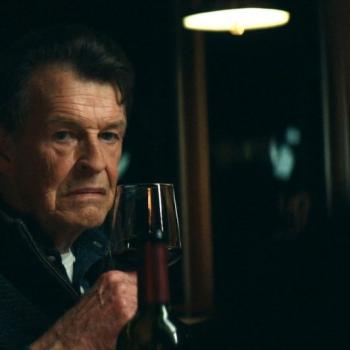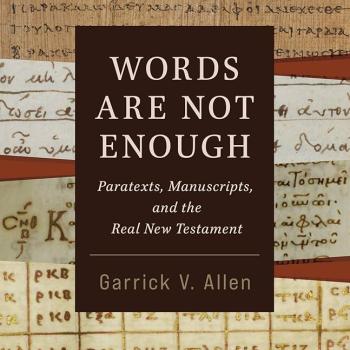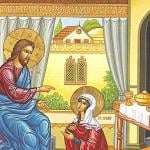 In my book The Burial of Jesus: What Does History Have to Do with Faith?
In my book The Burial of Jesus: What Does History Have to Do with Faith?, I discuss the likelihood that after being crucified, Jesus was buried in a tomb located near the execution site which was dedicated to the entombment of criminals executed there.
This implies that, while it may or may not be the case that women went to the tomb early the following Sunday morning and found Jesus’ body to no longer be in it, talk of an empty tomb is likely to be incorrect.
One question I have long wanted to seek an answer to is what evidence we have regarding how people kept track of the remains of their loved ones under such circumstances. In some instances, a court may have denied a person condemned to death the right to secondary burial in a family tomb. And in the case of family tombs, keeping track of who was placed on which shelf during a given year may have been straightforward. But both in cases of criminals whose remains could be moved to a family tomb a year later for secondary burial, and initial burials in family tombs during times of plague or war when many deaths occurred, it would presumably have been desirable to keep track of who was placed where in the tomb, so that their remains could be treated appropriately.
 Many ossuaries have a name scratched in them. Many do not. It may be that in some situations, particularly in the case of initial burial in a family tomb, it may have been enough just to know that it was one’s relatives and ensure all remains in the tomb the same treatment.
Many ossuaries have a name scratched in them. Many do not. It may be that in some situations, particularly in the case of initial burial in a family tomb, it may have been enough just to know that it was one’s relatives and ensure all remains in the tomb the same treatment.
But what about initial burial in a tomb other than a family one? What did people do under such circumstances? More specifically, do we have evidence from any first century tombs, and especially those in and beneath the Church of the Holy Sepulcher, of people making marks on the edge of burial slabs and tomb shelves indicating who was buried there?
Since I am primarily a textualist, I would love to hear from archaeologists and others who have investigated first-century tombs first hand. This is relevant information as we think about how events might have unfolded for Jesus’ body and for his family and followers in the days (and perhaps a longer period of time?) after the crucifixion.
There are other topics which one might ask about in relation to the recent claims about the Talpiot patio tomb – for instance, how common is it to find ossuaries of very different qualities of construction and illustration in the same tomb, as seem to be found there?












